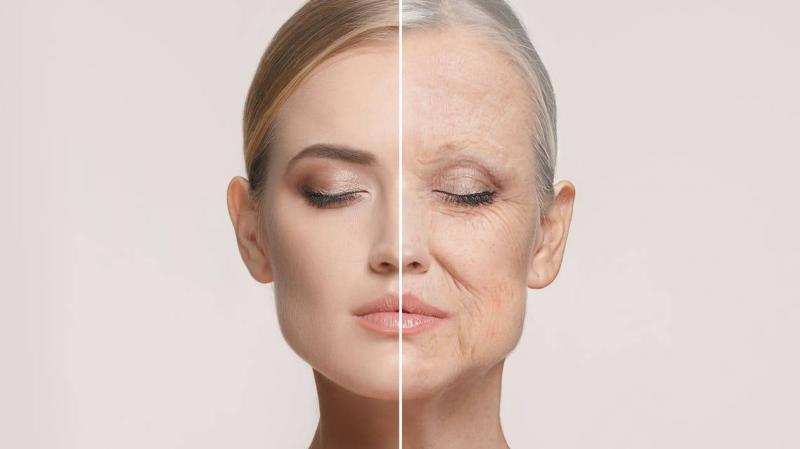In a development that could revolutionize the fields of medicine and science, researchers at the Babraham Institute at Cambridge University have discovered a new way to turn back the clock in human skin cells through experiments using a highly promising anti-aging technology. These cells function as if they are 30 years younger while retaining some of their specialized functions acquired over time, representing an exciting advancement in this area, as reported by New Atlas citing eLife.
**Induced Stem Cells**
In 2012, Japanese researcher Shinya Yamanaka was awarded the Nobel Prize for his work in developing what is known as induced pluripotent stem cells (iPSCs). These cells start as adult tissue cells that are harvested and exposed to four molecules known as Yamanaka factors, which revert them to an immature state. Thus, stem cells can theoretically develop into any cell type in the body. Scientists have previously announced successes in utilizing Yamanaka's technology in exciting ways, such as transplanting them into rabbits to restore vision, treating dopamine deficiency in animal models of Parkinson's disease, and repairing damaged heart muscle in pigs. However, the complete reprogramming process requires exposing the cells to Yamanaka factors for about 50 days, while researchers at the Babraham Institute found shortcomings in this process that might bring important benefits if addressed.
**Reprogramming**
When cells undergo complete reprogramming, they lose some specialized abilities developed during maturity. In the case of skin cells, this includes collagen production for use in tendons, ligaments, bones, and aiding wound healing. The concept focused on returning these cells to a youthful state without completely erasing their identity. The team’s new technique, called "transient reprogramming," allows for cells to be exposed to Yamanaka factors for only 13 days to remove age-related changes and temporarily erase their identity. These rejuvenated cells were allowed to grow under natural conditions and regained the characteristics of skin cells.
By examining the chemical markers that make up what is known as the epigenetic clock and the molecules expressed by the cells, the scientists confirmed that the reprogrammed cells matched the characteristics of cells 30 years younger. Furthermore, the reprogrammed cells produced more collagen than control cells and reacted more effectively in laboratory experiments designed to mimic wound healing.
**A Major Step Forward**
Dr. Diljeet Gill, a co-researcher in the study, stated: "Our results represent a significant step forward in our understanding of cell reprogramming." He added, "We have demonstrated that cells can rejuvenate without losing their function, and rejuvenation aims to recover some functions of old cells." Interestingly, the scientists also discovered that the modified technique seems to have anti-aging effects on genes associated with Alzheimer's disease and cataracts.
**Amazing Therapeutic Potential**
Professor Wolf Reik, another co-researcher in the study, considered this work to have very exciting implications. "Ultimately, we may be able to identify genes that can rejuvenate without reprogramming, specifically targeting those genes to reduce the effects of aging." He noted that "this approach heralds valuable discoveries that could open up amazing therapeutic horizons."




